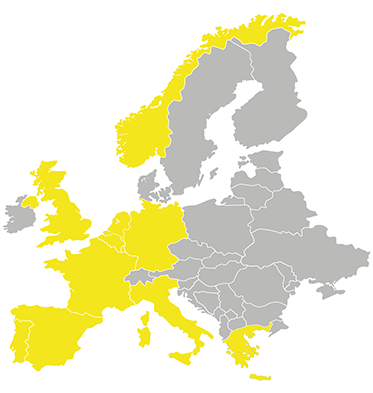Valorisation remains an issue in Horizon 2020
In FP7 – Horizon 2020’s predecessor – it was already evident that some 80 percent of funded Health-projects could not find valorisation. Horizon 2020 suffers from that same lack of valorisation: many interesting innovations are being created, but do not reach the market. Sometimes, stakeholders have not been involved in the innovation process, which causes a mismatch between supply and market demand. In other cases, consortium members lack experience in market implementation. On paper, Horizon 2020 has taken some steps to increase the exploitative power of innovations:
- The importance of the exploitation strategy has been increased.
- An important requirement for funding is having the entire value chain involved.
- The programme recommends adding an innovation manager to the project team.
Although these criteria have increased the market orientation and effectiveness of Horizon 2020, in practice, they are still not enough to ensure optimal exploitation of innovations. It is necessary to increase the focus on market introduction.
Possible solutions for improving market exploitation
To improve valorisation within Horizon 2020, the programme could consider the following solutions:
- Make it compulsory to evaluate and publish the project within an online marketplace. Evaluate projects after they have ended, to ensure promising project results garner enough attention and support to find access to the market. Our UTILE platform is a step in this direction, by actively bringing together innovation partners within Life Sciences & Health.
- Consider ‘bottom up’ calls, driven by real market needs, that have fewer administrative burdens and requirements. Think of Fast Track to Innovation (FTI): this programme gives room to innovation projects with a good market perspective and small, manageable consortia.
- Consider more flexible, research-driven projects, based on strong market requirements and lead by users, with clear interim research results (a kind of ‘Fast Track in Research’). Strengthen the possibility of ending a research project if the required milestones have not been reached, and there are no viable alternatives.
Want to read more about our solutions for Horizon 2020?
In our ePaper about Horizon 2020 you will find our other solutions for the issues within Horizon 2020. Download the ePaper.




